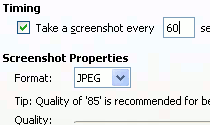
|
Main
Configure how often you'd like a screenshot to be taken, what should be included in the screenshot -- the screen or the active window -- as well as the screenshot image format, quality, dimensions, etc.
Click the picture to enlarge.
|
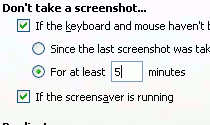
|
Tweaks
Configure IcyScreen to not take a screenshot if the keyboard and mouse have been in active or the screensaver is running; have it ignore the screenshot if the screen hasn't changed, etc.
Click the picture to enlarge.
|
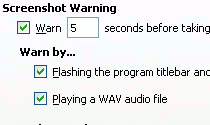
|
Warning
Configure if, when, and how you'd like to be warned before the screenshot is taken.
Click the picture to enlarge.
|
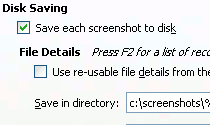
|
Disk
If you'd like IcyScreen to save each screenshot to disk, configure the location you'd like it to be saved to by modifying the screenshot file name and directory -- both of which support timestamp/format codes.
Click the picture to enlarge.
|
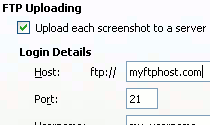
|
FTP
If you'd like IcyScreen to upload each screenshot to your web server via FTP, configure the connection settings, file name, timestamp/format code, etc.
Click the picture to enlarge.
|
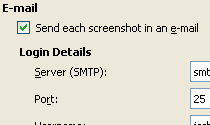
|
E-mail
If you'd like IcyScreen to e-mail each screenshot, configure the connection settings, message details, attachment details, recipients, etc.
Click the picture to enlarge.
|
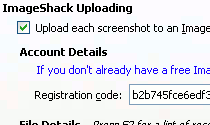
|
ImageShack
If you'd like IcyScreen to upload each screenshot to your ImageShack account, configure the account and file details.
Click the picture to enlarge.
|
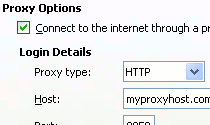
|
Proxy
If you'd like IcyScreen to connect to the internet through a proxy, configure the connection details as well as when you'd like IcyScreen to utilize the proxy.
Click the picture to enlarge.
|
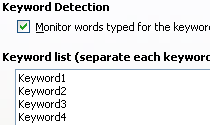
|
Keywords
Enable keyword detection and have IcyScreen take a specific action (take a screenshot immediately, adjust the screenshot interval, etc) if any of the keywords you have listed have been typed on the keyboard.
Click the picture to enlarge.
|
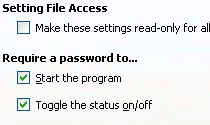
|
Security
Select the aspects of the program you'd like to protect with a password.
Click the picture to enlarge.
|
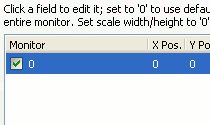
|
Monitors
Choose which monitors you'd like to include in each screenshot.
If you'd like even more control, you can also configure the X, Y, width, and height coordinates/dimensions you'd like to extract from each monitor.
Click the picture to enlarge.
|
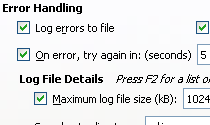
|
Errors
Configure how you'd like errors to be handled.
Click the picture to enlarge.
|
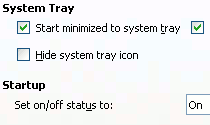
|
Miscellaneous
Configure IcyScreen to start with Windows, hide itself, check for updates automatically, etc.
Click the picture to enlarge.
|
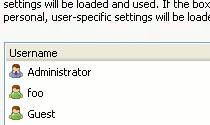
|
Users
Configure whether or not you'd like certain users to use the Global Settings instead of their own settings. Check out the central management section in the documentation for more information.
Click the picture to enlarge.
|
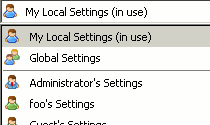
|
An expanded view of the username list at the top of the setting window. Choose between your own settings, the Global Settings, and the settings of a particular user on the system.
Click the picture to enlarge.
|